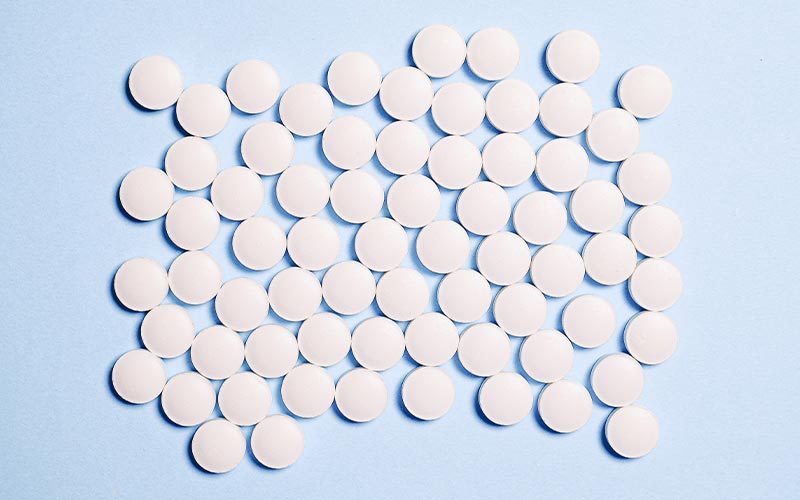
Understanding Pharmacodynamics
Understanding pharmacodynamics is an essential concept in the field of pharmaceuticals and drug therapy. It refers to the study of the biochemical and physiological effects of drugs and how they interact with the body’s biological systems. This knowledge is critical for pharmaceutical professionals to develop safe and effective drugs, optimise drug dosages, and predict drug interactions. In this article, we will explore the vital aspects of pharmacodynamics and how they relate to drug therapy.
The Definition of Pharmacodynamics:
Pharmacodynamics (PD) is the study of the biochemical and physiological effects of drugs, including their mechanism of action, therapeutic efficacy, and toxicity. This study involves understanding drug-receptor interactions and how they affect the human body. It also explores the effects of drugs on the body’s biochemical processes, such as enzyme activities, ion channels, and gene expression. Understanding PD is crucial in selecting the appropriate dosages of drugs to produce the desired therapeutic effect without causing adverse reactions.
The Four Pharmacodynamic Phases:
There are four pharmacodynamic phases that occur when drugs enter the human body. These phases are absorption, distribution, metabolism, and excretion (ADME). The absorption phase involves the process of drug absorption into the bloodstream, while the distribution phase describes the movement of drugs throughout the body’s tissues and organs. The metabolism phase occurs in the liver, where drugs are transformed into inactive compounds, and the excretion phase describes the elimination of drugs from the body through urine or faeces.
The Importance of Pharmacodynamic Studies:
Pharmacodynamic studies are essential in the development of safe and efficient drugs. These studies help in identifying the optimal dosages, drug efficacy, and toxicity level, and identifying drug interactions. In pharmacodynamic studies, pharmaceutical researchers analyse the pharmacological activity of drugs in vitro, ex vivo, and in vivo. They also perform clinical trials on human subjects to investigate the drug’s efficacy and safety under actual physiological conditions.
PD Modeling and Simulation:
PD modelling and simulation are essential in predicting drug efficacy and toxicity, refining the dosing regimen for different patient populations, and reducing clinical trial costs. PD modelling involves mathematical analysis of the drug-receptor interaction and drug distribution in the human body. It enables researchers to predict drug concentrations in specific body tissues and understand the relationships between the drug dose and the therapeutic effect. PD simulation, on the other hand, involves computer simulation models to predict drug effects in patients based on their population characteristics, such as age, weight, and gender.
Safety and Efficacy of Drug Therapy:
The safety and efficacy of drug therapy depend on various factors, including pharmacodynamic properties, the patient’s medical history, and drug interactions. To ensure optimal therapeutic efficacy and safety, it is crucial for pharmacists and physicians to understand the pharmacodynamic properties of the drugs they prescribe, the potential drug interactions, and individual patient profiles, such as age, weight, and co-existing medical conditions. Personalised drug therapy based on pharmacodynamics principles is essential in optimising drug efficacy and reducing adverse reactions.
Pharmacodynamics is a critical concept in the field of pharmacy, and its understanding is essential for developing safe and effective drugs. It helps in selecting the appropriate dosages, defining the potential drug interactions, and optimising drug efficacy. Pharmaceutical researchers rely on pharmacodynamic studies to investigate drug efficacy, safety, and toxicity levels. With the advances in PD modelling and simulation techniques, predicting drug efficacy and toxicity has become more accurate, and personalised drug therapy is becoming a reality. By prioritising pharmacodynamics principles in drug therapy, pharmacists and physicians can provide safer and more effective treatments to their patients.



